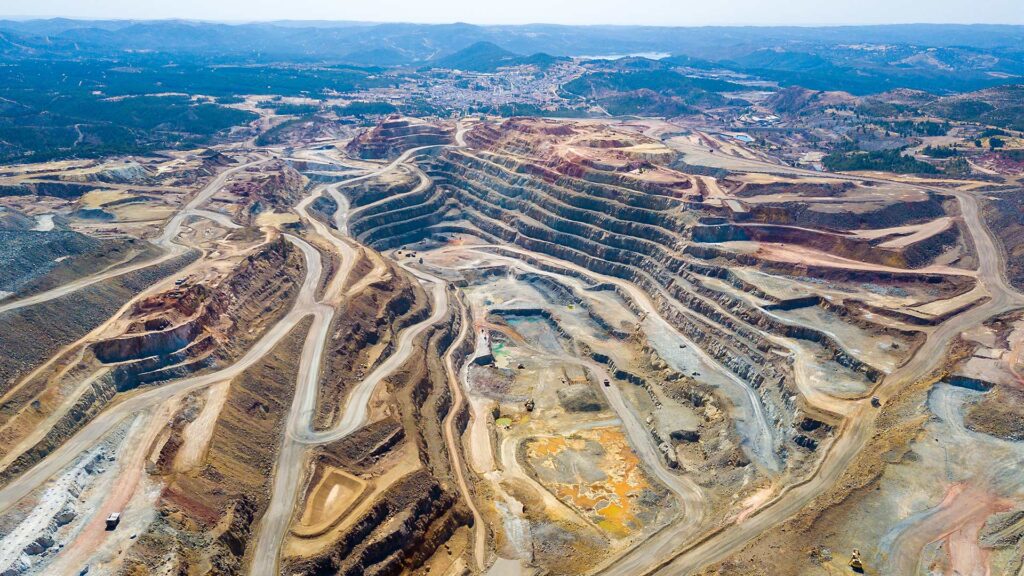
Introduction
Rio Tinto is one of the world’s largest mining companies, with a significant influence on global mineral supply chains. Established in 1873, it has evolved to become a leader in the extraction of essential resources such as aluminium, copper, and iron ore. As the world faces increasing environmental challenges, Rio Tinto’s approach to sustainable mining practices has gained much attention. With its operations spanning multiple continents, understanding Rio Tinto’s practices is crucial for evaluating the future of both the mining industry and environmental stewardship.
Recent Developments
In recent months, Rio Tinto has been at the forefront of discussions around sustainable mining. On October 12, 2023, the company announced its commitment to reducing carbon emissions by 50% by the year 2030. This ambitious plan is part of a broader sustainability strategy aimed at minimizing the environmental impact of its operations.
Moreover, in late September 2023, Rio Tinto declared an investment of CAD 300 million towards enhancing its mining operations in Canada, particularly in the development of electric vehicle (EV) battery minerals such as lithium. This move is aligned with the global shift towards cleaner energy solutions, reflecting the growing demand for EVs as countries strive to reduce greenhouse gas emissions.
Community Engagement and Challenges
While Rio Tinto has made strides toward sustainability, it has faced criticism and challenges. The company has been scrutinized for its part in several controversies, including the destruction of Aboriginal sacred sites in Australia, which has raised questions about corporate responsibility and community engagement. In response to these criticisms, Rio Tinto has pledged to enhance its dialogue with Indigenous communities and ensure their voices are heard in decision-making processes.
Conclusion
As Rio Tinto navigates the complexities of modern mining, its commitment to sustainability and community involvement is increasingly significant. The ongoing investment in sustainable practices is crucial not just for the company’s future, but also for the global mining industry as it adapts to changing consumer preferences and regulatory environments. Ultimately, Rio Tinto’s ability to balance profit with environmental stewardship may serve as a benchmark for mining companies worldwide. Stakeholders, therefore, should closely monitor Rio Tinto’s developments as they may foreshadow larger trends in the mining sector and its role in combatting climate change.



